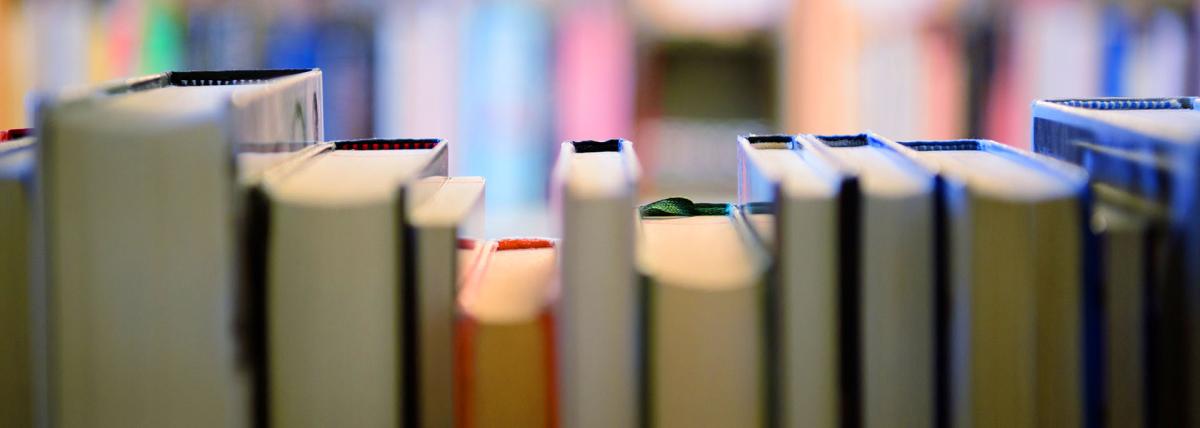Electricity and magnetism are fundamental to the workings of nearly every gadget, appliance, vehicle, and machine we use. This great 6th Grade lesson covers magnetic fields where students will be able
Lesson Two of Four: This lesson will help to show students there are lots of possibilities when building robots and students will be able to create their own prototype.
Introducing how EdScratch programming works with the Edison Robots. Activities and ideas linked in the lesson.
You've crash-landed on an alien planet and must find a way to survive with the help of native flora and fauna. Students will document alien life-forms in a field journal and use that information to
With this introductory lesson on Newton's Laws, student will have the opportunity to understand and explain Newton's 3 laws through a hands-on experience. This is an excellent way to introduce physics
This lesson allows students to create their own ecosystem to gain a better understanding of how each part works with each other and why they are so important. They will show proficiency when they
Students will gather information to develop a model about the essential elements needed by plants in order to grow and survive in this hands-on lesson. They will then apply this knowledge by
It's 3D printing time! In this lesson, students will design a creation all on their own and input their design into a 3D printing program. They will then print their creations and become a maker!
Students will explore the role that decomposers play in the nitrogen cycle. First students will gather information through research and activities to construct a model of the nitrogen cycle. Then
Collaboratively, students will make a 3D-model of their chosen Arizona biome. Their model must show the different interrelationships between biotic and abiotic factors. After project making, students
This project encourages students to be more knowledgeable on the beauty and natural resources of the Grand Canyon State, Arizona, by creating informative posters and hosting a classroom gallery walk
In this lesson, students will conduct an investigation to see how temperature can affect the state of matter.
This STEAM project will have us exploring some of the issues or problems associated with food and creating solutions to educate and persuade our community about how our food is produced and making the
~Students apply the engineering design process as they learn the advantages and disadvantages of the greenhouse effect. ~Students will work collaboratively to construct a miniature greenhouse to
This is a culminating project for the end of a Space Science unit. Students will each research a unique star, then work in a group to research the constellation of their star. In groups, students will
This is the 3rd part of the lesson series where students will determine the thrust and stability of their water bottle rockets to answer their essential question: Using the Design Process how can we
Exploring chemical reactions is highly engaging for the students if taught in a student-centered lesson. This lesson was inspired by the activity of 6th-Grade Amplify Science, Exploring Chemical
Understanding and studying energy transfer produced by molecules collisions can be difficult and abstract for them. To make it easier for them to visualize, creating a Newton's Cradle will help them
Students will design a balloon rocket. They will then create a fish line track for the rocket to follow. The track will be able to me modified to test different angles of ascent. This will allow
Students will create a flying machine that will hold a pilot, travel down a zipline, and meet other constraints. This is paired with the book Rosie Revere, Engineer or can be used as a fun intro to
Featured Lesson Plans
Check out these notable lesson plans.

Makey Makey Storyboards

Sphero Rocket Payload Mission



